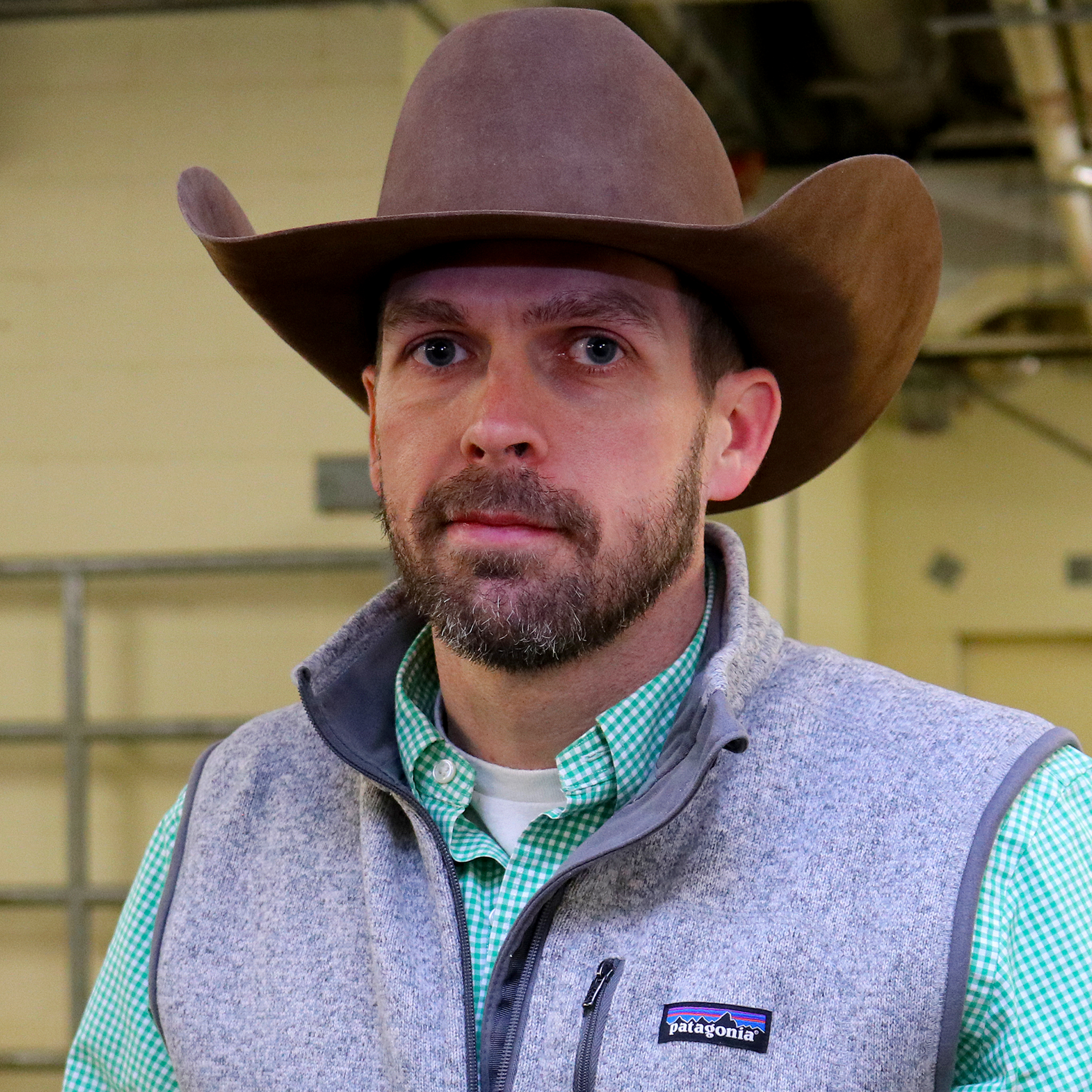
Nebraska: The Beef State
Cost-effective Solutions to Keep Nebraska Beef Vibrant

Nebraska’s economy is driven by a commodity deeply rooted in the state: beef.
Cattle production serves as one of the top industries in the state of Nebraska and the economy is dependent on the success of the sector, according to J. Travis Mulliniks, assistant professor in the Department of Animal Science at the University of Nebraska–Lincoln.
Mulliniks creates cost-effective, innovative animal management practices and systems for beef producers to adopt. However, Mulliniks said beef producers will need to continue to utilize both new and old technologies to increase the efficiency and profitability of their operation.
Beef Drives Nebraska’s Economy
Nebraska’s success in the beef industry is attributed to agricultural lands, resources, and the type of producers within the state.
Mulliniks said the profitability of beef products drives the economic vitality of Nebraska and producers are now doing more with less.
For instance, beef producers feed the planet but have to do it with less available land. Mulliniks said agricultural land availability is not expanding so producers must efficiently increase production on a fixed amount of land.
In order to keep up with increasing international trade and domestic consumption, continued improvement of the beef industry is needed.
Nebraska beef producers must also increase efficiency to maintain their position as the top beef producing state.
“Nebraska ranks number one in beef exports and in the number of commercial cattle harvested,” Mulliniks said. “Our economy is driven by agriculture so we must find ways to be more efficient in our work.”
Further, consumers rely on Nebraska to deliver a high quantity of quality beef. Mulliniks said the demand for beef products remains as it is the highest quality, lowest cost protein source available.
Keeping Nebraska Beef Producers Viable
Beef producers can use Mulliniks’ research provides to determine the most sustainable, efficient, and profitable animal management practices for their operation. Mulliniks suggests three strategies to increase profitability in beef production.
First, nutrition, or a strategic supplementation strategy, must be determined to decrease costs while maintaining or increasing productivity.
“Our environment and weather conditions are always changing so we must adapt nutritional plans to these changes,” Mulliniks said. “Cows can be managed to become more resilient to these environmental stressors.”
Further, producers can manage cows to have adaptive coping mechanisms to stressors which is driven by the nutritional strategy of the cowherd.
Second, cattle physiology, or genetic indexes and phenotypical traits of cows or an entire herd need to be considered. A few examples of these traits would be mature cow size, genetic potential for milk production, reproductive traits, and growth indexes.
“We cannot control the environment, but we can control the type of cows we are keeping in our breeding program,” Mulliniks said. “The most efficient cows are easily adaptable to environmental changes and have the ability to reset their requirements to match environmental conditions.”
Third, Mulliniks said management strategies should focus on ways producers optimize land use and production system efficiency. This might include nutrition, reproduction, genetics, season of calving, alternative forage systems, marketing endpoints, changing the type of cattle utilized (yearling operation vs cow-calf herd), and managing cattle within the environment where cattle are raised.
Mulliniks said the goal of this three-pronged approach is to decrease costs, while still maintaining or increasing productivity for the producer’s cow herd.
The Future of Cattle Production
The success of livestock production keeps the state of Nebraska viable and provides benefits to rural communities.
“Range lands in Nebraska provide numerous ecosystem services,” Mulliniks said. “There are benefits humans gain from functioning ecosystems, such as natural wildlife habitat, healthy plant communities, improved water infiltration, and healthy soil systems.”
According to Mulliniks, producers can create added value to their operation utilizing other business ventures on their land. For instance, opening a hunting or ecotourism enterprise to the public increases the value of their operation and provides a financial safety net for producers.
“Beef producers should look at other avenues to stay flexible and add value to operations,” Mulliniks said.
“The future will always be bright for the beef industry, but producers will have to be more creative in creating added value for their operation,” Mulliniks said. “Producers can create added value for their ranch by these additional hunting enterprises.”